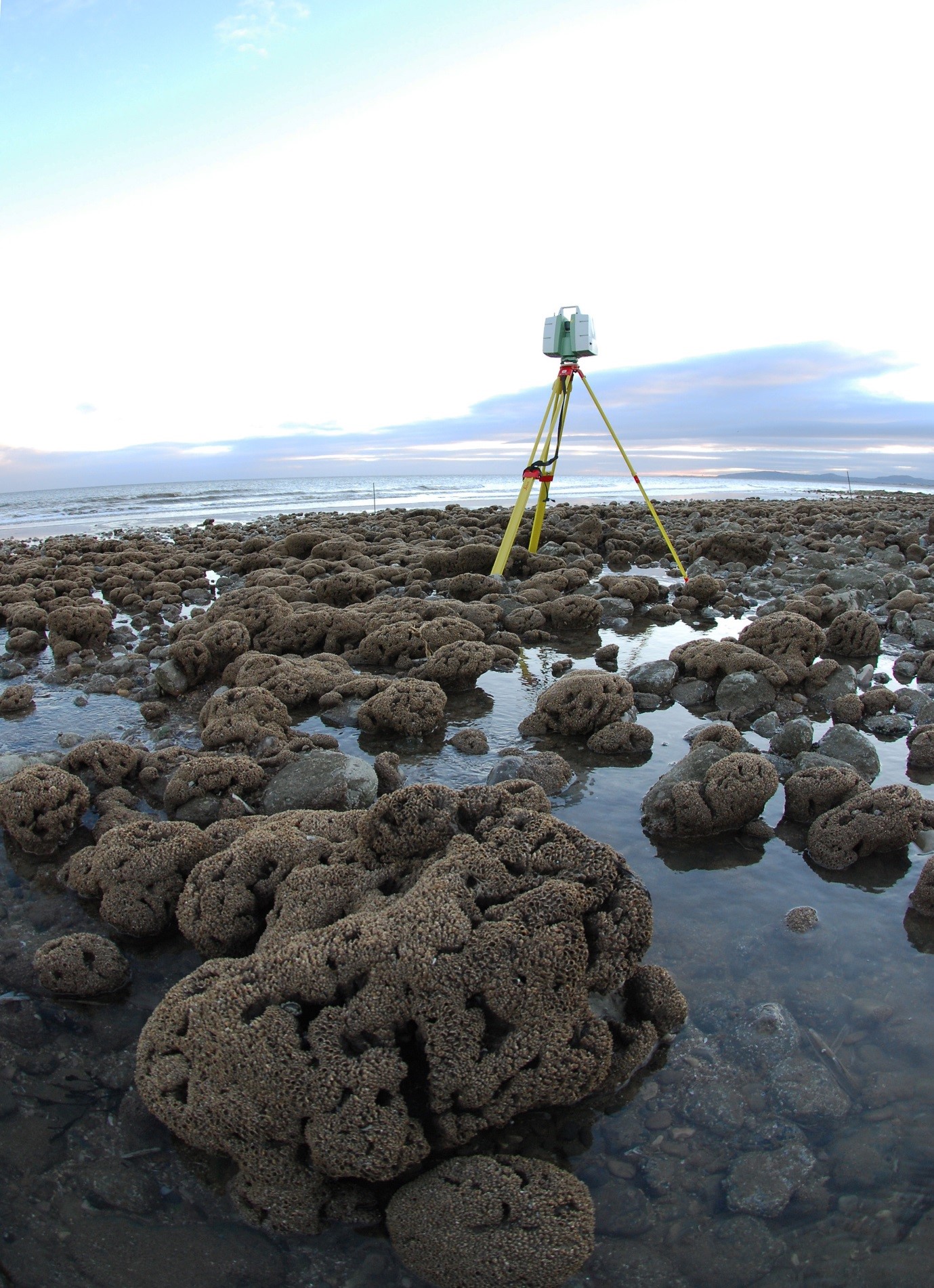Marine Ecology
The Marine Ecology team has expertise in researching potential and existing interactions between marine renewable energy projects and marine ecology, from intertidal to subtidal habitats and top predators down to phytoplankton. Understanding interactions with marine species and habitats is key for consenting of marine renewable projects, but also the long-term sustainable development of the sector in Wales, and the wider industry.
Current research with the marine renewable sector by SEACAMS2 at Bangor includes:
- Testing high-resolution mapping and monitoring techniques for intertidal habitats.
- Factors driving honeycomb worm reef growth and morphology.
- Biofouling of marine renewable structures
- Improving methods for benthic habitat research in high current development areas.
- Potential interactions of marine renewable devices with cetaceans, fish and other fauna using passive and active acoustic sampling.
- Use of Marine renewable development sites by marine mammals.
- Novel methods of tracking fish movements using AUVs for tidal Lagoon projects.
Methods and equipment to support this work includes:
- Towed hydrophone array for marine mammal research.
- Several acoustic recorders for recording marine mammal presence and behaviour.
- Laser scanner for measuring and mapping intertidal habitats.
- State of the art seabed camera system.
- Quantitative echo sounder for detecting fish and other fauna.
- Mid-water trawl for studying pelagic fauna.
Please get in contact with us if you would like to know more about our capabilities or collaborate on R&D projects.


